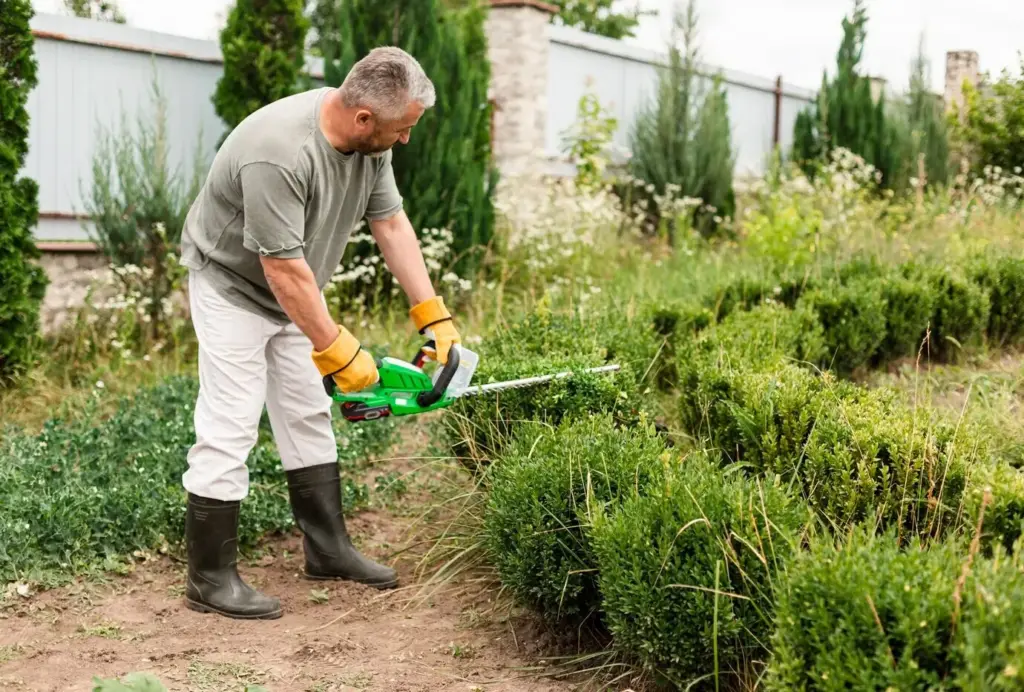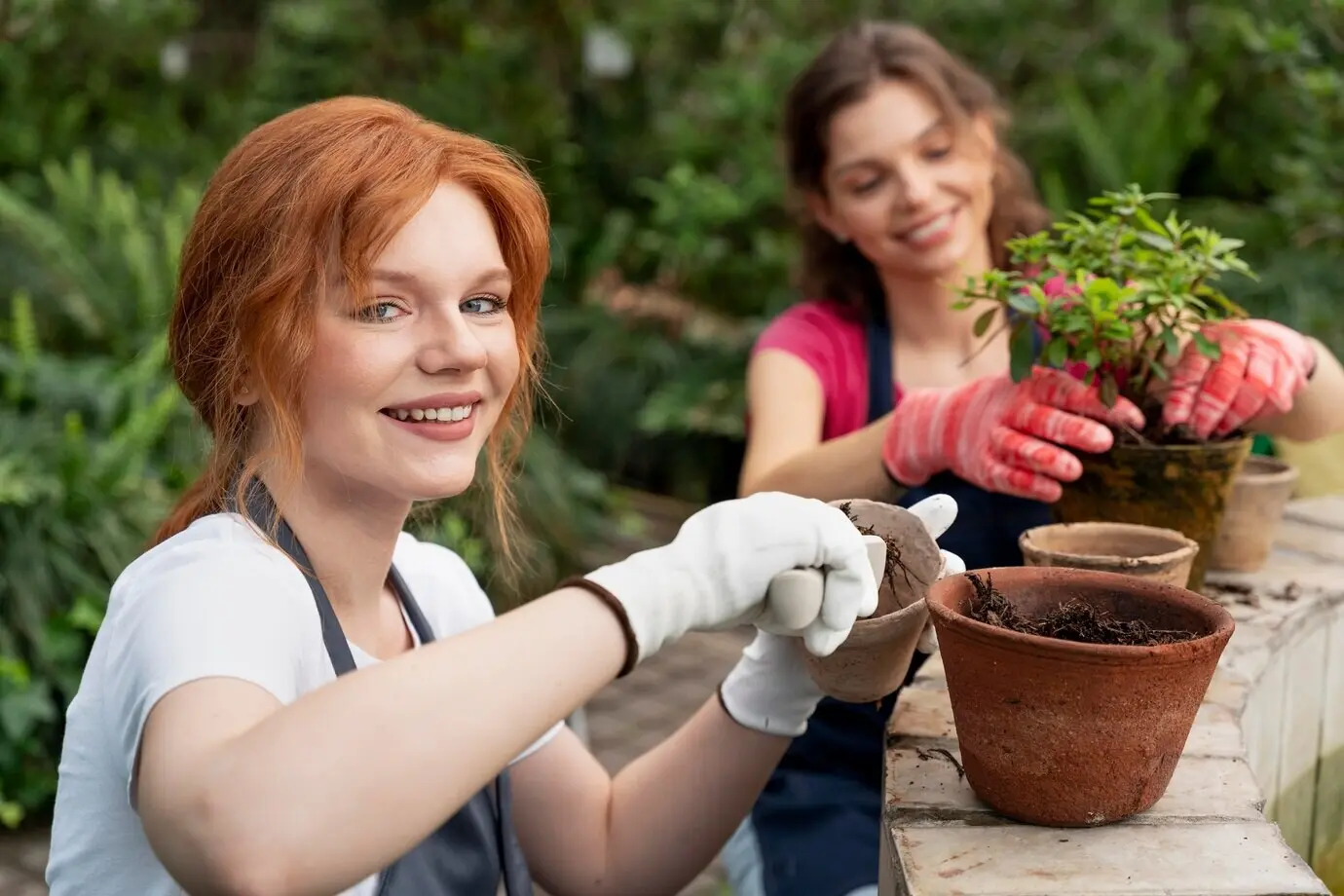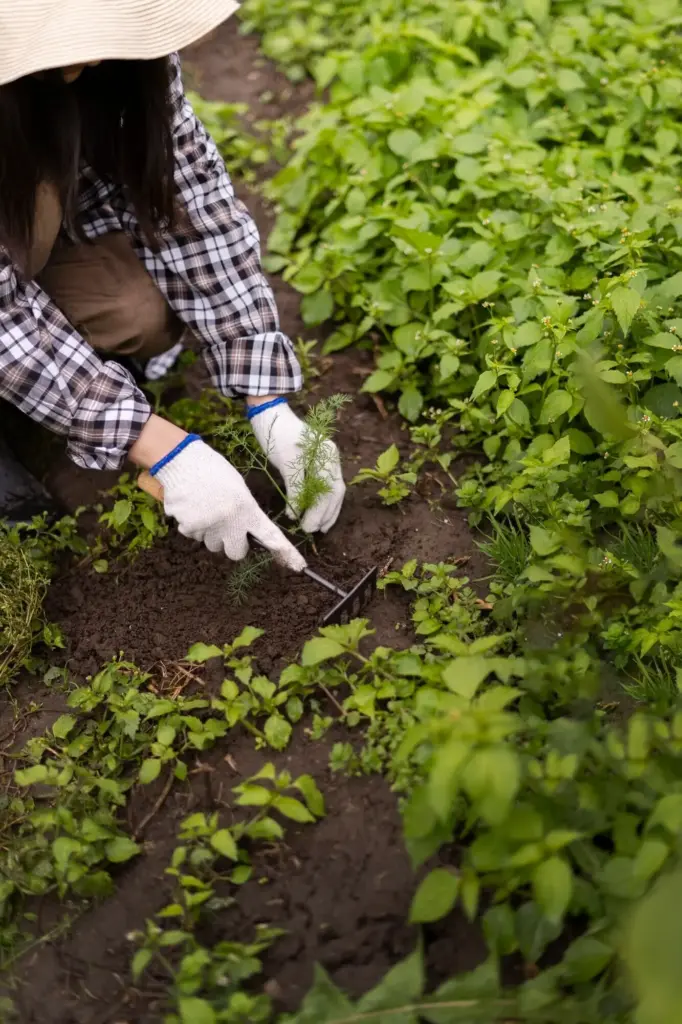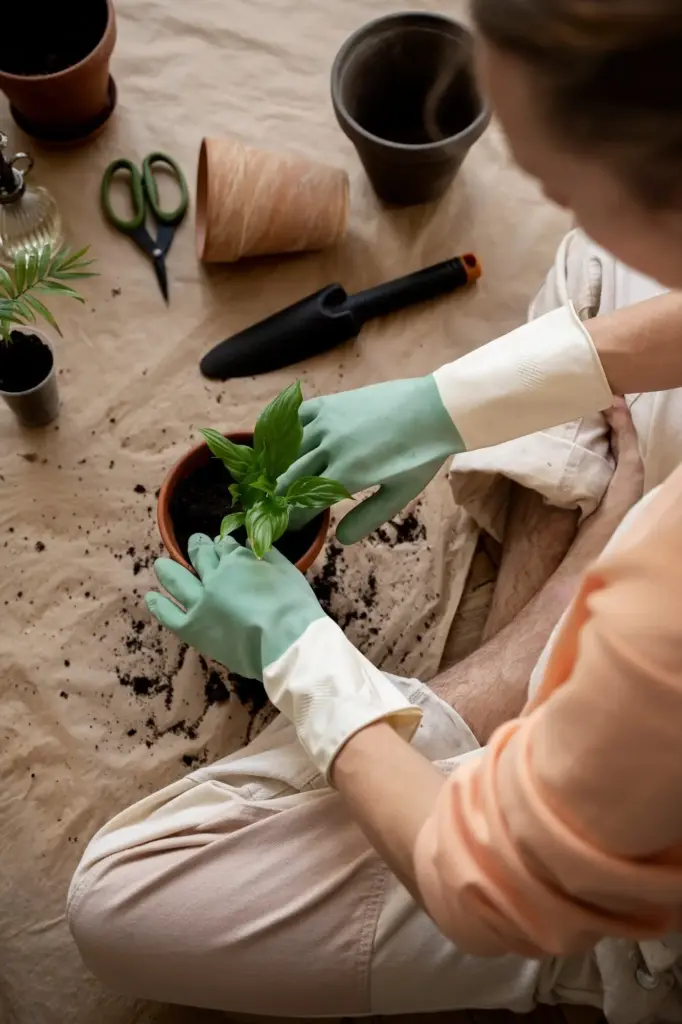From Windowsill Sprouts to Garden Glory


Plan Your Seed Journey with Purpose

Soilless Mixes, Containers, and Water: The Foundation
Feeding Gently for Compact Growth
Pruning, Potting Up, and Thinning
Reading Leaf Language to Troubleshoot Early
Hardening Off Without Heartbreak
Transplant with Confidence and Care

Timing the Move and Preparing the Bed
Wait until nights consistently meet each crop’s tolerance, then loosen soil, amend with finished compost, and pre-water the planting zone. Mark spacing with a simple board grid to avoid crowding. Have labels, trowel, and watering can ready. Efficient staging reduces root exposure and indecision. When beds feel welcoming—moist, airy, and crumbly—seedlings slide in happily, almost as if they had been destined for that exact patch of earth all along.

Gentle Hands, Firm Soil, and Perfect Depth
Handle seedlings by their leaves, not stems, and tease roots apart with patience if pot-bound. Tomatoes appreciate deeper planting; peppers and brassicas stay level. Firm soil so roots connect intimately, but do not compress into concrete. Water immediately to settle air pockets. This choreography feels tender yet decisive, and plants respond with relieved posture. By evening, leaves lift again, signaling that the transition succeeded and the next chapter has officially begun.

Aftercare: Water, Mulch, and Watchfulness
Provide consistent moisture for the first week, aiming for deep, gentle soakings rather than frequent spritzes. Mulch with straw or shredded leaves to steady temperatures and curb evaporation. Scout daily for cutworms, flea beetles, or sunscald, and deploy collars, row cover, or shade as needed. Your presence matters as much as products. With steady attention, roots anchor, shoots advance, and that first new leaf unfurls—a quiet announcement that the garden accepts your newcomers.


